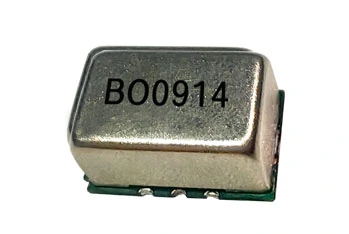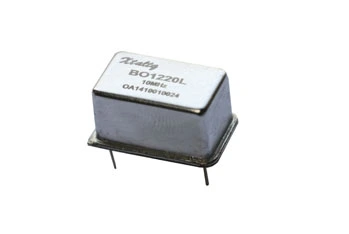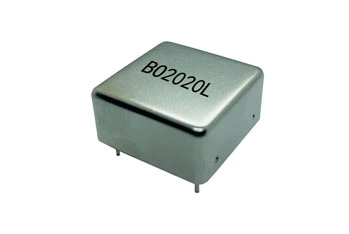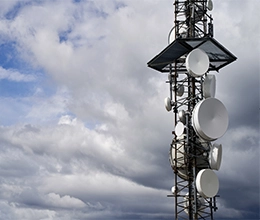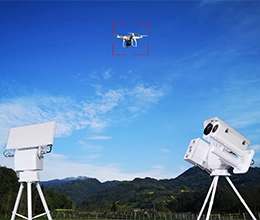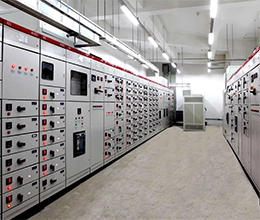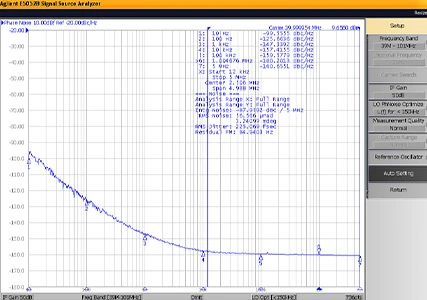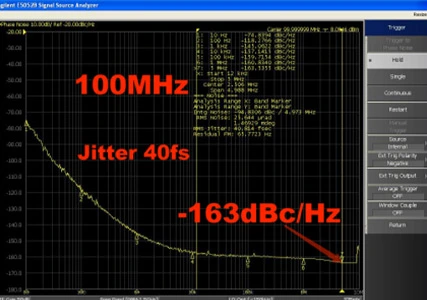High-stability crystal oscillators are pivotal in optimizing laboratory instruments, ensuring precise and reliable measurements. These oscillators provide consistent frequency generation, which is essential for the accurate timing and synchronization of various laboratory equipment, such as spectrometers, oscilloscopes, and signal generators. The stability of these oscillators minimizes frequency drift caused by environmental factors like temperature fluctuations, thereby maintaining the integrity of experimental data.
Instruments equipped with high-stability crystal oscillators exhibit reduced phase noise and jitter, leading to clearer signal outputs and more accurate readings. This is particularly crucial in high-precision applications, where even minor deviations can significantly impact results. Additionally, the enhanced stability supports long-term experiments, ensuring that measurements remain consistent over extended periods.
By integrating high-stability crystal oscillators, laboratories can achieve higher levels of accuracy and reliability in their instruments, ultimately improving the quality of research and development outcomes. This optimization not only enhances performance but also boosts confidence in the data generated, facilitating more robust scientific discoveries.
Designing high-precision instruments with low phase noise crystal oscillators involves several key considerations to ensure optimal performance and accuracy:
Selection of High-Quality Crystals: Choosing high-quality quartz crystals with minimal impurities and defects is crucial. These crystals provide the foundation for low phase noise performance, ensuring stable and accurate frequency generation.
Advanced Temperature Compensation: Implementing advanced temperature compensation techniques, such as Oven-Controlled Crystal Oscillators (OCXOs) or Temperature-Compensated Crystal Oscillators (TCXOs), helps maintain frequency stability across a wide range of operating temperatures. This is essential for applications requiring consistent performance in varying environmental conditions.
Minimizing External Interference: Shielding and isolating the oscillator from external electromagnetic interference (EMI) and mechanical vibrations can significantly reduce phase noise. Proper circuit design and layout, including the use of low-noise power supplies and grounding techniques, are critical for minimizing external disturbances.
Optimized Circuit Design: Designing the oscillator circuit with low-noise components and ensuring proper impedance matching can further reduce phase noise. Utilizing low-noise amplifiers and maintaining a clean signal path are essential for preserving signal integrity.
Testing and Calibration: Rigorous testing and calibration of the oscillator and the overall instrument are necessary to verify performance and ensure compliance with specifications. Regular calibration helps maintain accuracy and reliability over time.
By focusing on these key areas, designers can develop high-precision instruments that leverage low phase noise crystal oscillators to achieve superior performance, accuracy, and reliability, meeting the demands of advanced scientific and industrial applications.
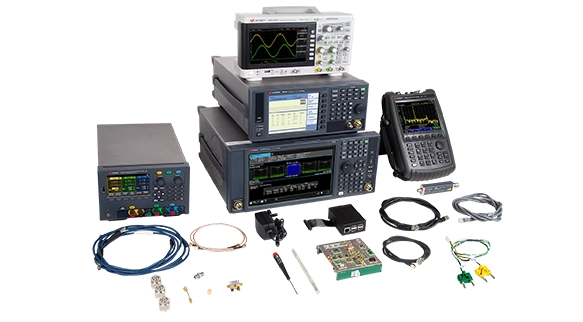
 English
English français
français Deutsch
Deutsch Español
Español русский
русский



